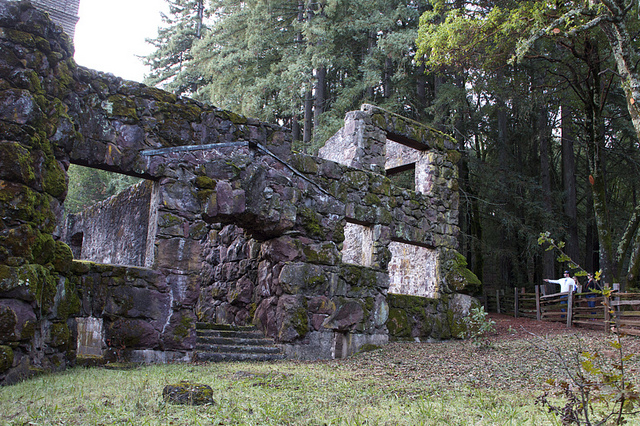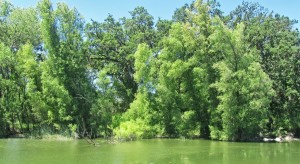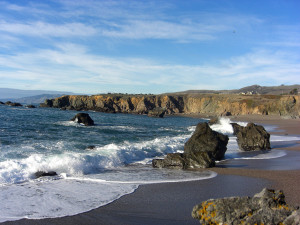What does South Africa and Sonoma County have in common?
Both suffer from debilitating shortages of public funds for parks. In the aftermath of the California state parks crisis, parks advocates in Sonoma County are scouting around for enterprising ideas on how to create long term, sustainable revenue streams for five state parks that are under new stewardship by nonprofits and local government.
“One of the ironies here is we’re in California, the seventh largest economy in the world, and we’re looking for models in developing nations on how to run parks,” said Caroline Christian, a conservation scientist at Sonoma State University. “They don’t have the funding and now we don’t have the funding.”
With an anonymous $75,000 donation, Christian and fellow SSU professor Claudia Luke have begun a study of “best practices” for managing local parks in a new era of reduced public funding. South Africa is a model because of the vibrant tourism industry generated for its parks in the face of a challenged economy, said Christian. And there are other examples out there involving various forms of privatization that may be relevant to Sonoma County.
The goal is to generate new ideas, and examine what’s working and what’s not for public parks, said Christian.
Earlier this year, community groups and Sonoma County officials scrambled together the millions of dollars needed to take over operations of the five state parks in Sonoma County, which comprised 16 percent of the 70 state parks listed for closure in July. They include Annadel and Sugarloaf state parks; Austin Creek State Recreation Area; and Jack London and Petaluma Adobe state historic parks.
Parks advocates jump-started the effort to find new revenue streams after Sonoma County officials dropped a sales tax measure to fund the parks from the November ballot. The Sonoma officials did so following public outrage over revelations that the State Parks Department had been running a $54 million surplus while threatening to close the Sonoma state parks and others around the state.
Parks advocates said donors don’t tend to pony up for operating budgets, and other funding sources may be similarly brief or limited.
“Camping fees and user fees are one thing that organizations are working on, but that’s not going to be enough to keep the parks open,” said Christian. “Some sort of extra money is going to be needed.”
So what does a place like Sonoma County do? For starters, draw on its strengths.
“The one thing that’s clear about Sonoma County is we’re in a fantastic location and we’re a big destination because of wine country and eco-tourism,” said Christian.
Besides South Africa, she’s also been looking into places like Crystal Cove State Beach in Orange County, which generates revenue from beach cottages, and the Presidio in San Francisco, which is run by the Presidio Trust, a government corporation.
Not relying on Sacramento has in some cases created new opportunities. Over the summer, Transcendence Theatre Company generated $25,000 for Jack London State Historic Park by using its grounds for evening outdoor theater, said Lauren Dixon, director of the Parks Alliance for Sonoma County.
“It has been this unbelievable match,” said Dixon. “Had it been operated by the state, I’m not sure if they could have had theater there. The state has all these rules about how to handle events.”

Dixon said the theater shows brought an entirely new crowd of people to Jack London, and at a different time of day, thereby expanding the popularity of the park. At Annadel, the Sonoma parks alliance is looking into a monthly business sponsorship whereby a percentage of proceeds from sales go back to the park. And they’re considering a unified parks pass for county and state parks across Sonoma to make it easier for people to visit.
Also new has been a marketing campaign of Sonoma state parks at local events like parades, and postcards at wineries — something the state never did.
While privatization can be a thorny issue when it comes to public assets like state parks, Dixon said advocates clearly don’t want Jack London to turn into “Coca-cola State Park.”
“We don’t want product placement but I know there are synergies out there,” she said.
Whatever Sonoma County figures out for its parks may turn out to be relevant elsewhere. Sonoma parks advocates see themselves on the cutting edge of solving a national trend in diminishing public funding for parks.
“I think it’s a universal issue,” said Christian. “We view Sonoma County as a case study in how to handle the situation. How do we move forward and make this a sustainable enterprise?”





